 August 3, 2017 John E. Ross, KD8IDJ, Editor
| ||||||
ARRL Board Explores Entry-Level License Options, Ways to Face Future Challenges Meeting July 21-22 in Farmington, Connecticut, the ARRL Board of Directors took steps to chart a firmer future for Amateur Radio by enhancing the value of the entry-level license and by providing ongoing support for new licensees. ARRL President Rick Roderick, K5UR, chaired the second regular meeting of 2017.
ARRL New England Division Director Tom Frenaye, K1KI, presented the report of the Ad Hoc Entry-Level License Committee. He said the committee's initial, informal survey attracted nearly 7,900 responses. A second random survey drew another 375 responses. "A clear majority favored a revision to the Technician rather than a new entry-level license," the committee's report said, noting that this would require no change to the Technician examination, which already covers more material than necessary for an entry-level examination. "This choice requires the simplest revision to FCC rules," the committee report said. The committee suggested expanded digital access on 80, 40, and 15 meters, where Technicians already have CW access, as well as the addition of Technician phone privileges on those bands. Frenaye pointed out that while the Amateur Radio population is growing, the annual rate of growth has stagnated at about 1%. "There is a general consensus...that 'something needs to happen,'" the committee's report said, noting a generally favorable attitude toward attracting newcomers. "The general goal here is to have an entry-level license that offers a way for a newcomer to experience multiple facets of Amateur Radio," the committee's report said, "encouraging them to get on the air, meet other licensees, and engage in a lifetime of learning while using Amateur Radio." Later in the meeting, the Board charged the ARRL Executive Committee with developing a plan to implement the ad hoc committee's recommendation to make the current Technician class license more attractive and useful by expanding its operating privileges on HF to include phone and digital modes. The Board asked the Ad Hoc Entry-Level License Committee to further research and develop the details of a second recommendation to improve successful outreach to prospective radio amateurs and help them through the licensing process.
ARRL Ad Hoc Legislative Advocacy Committee Chair and Hudson Division Director Mike Lisenco, N2YBB, discussed the status of the US Senate version of the Amateur Radio Parity Act of 2017. Lisenco said Senate leadership is supportive of the bill, which should be scheduled for mark-up in the Senate Commerce Committee. ARRL Chief Executive Officer Tom Gallagher, NY2RF, presented the report of six Headquarters staffers who had been tasked with identifying the challenges facing ARRL and devising feasible solutions. Specifically, the committee addressed market research findings that have continued to reveal that only a small percentage of new hams join the League, and only about one-half of new hams actually get on the air. The committee began with the premise that ARRL must act in order to remain relevant going forward. It proposed instituting a Lifelong Learning Program to focus on developing a clear developmental path for all radio amateurs, from newcomers to established radio amateurs. The committee recommended the creation of new programs and services to increase the knowledge base of newcomers in order to get them active, as well as programs to keep experienced amateurs up to date with changing technology and practice. The Board established the "ARRL Centurion Award" to recognize radio amateurs who have reached the age of 100 and have been League members for at least 40 years. Members will join the ranks of the ARRL Order of the Centurion, entitling them to free ARRL membership for the remainder of their lives. Life Members would be able to select a bonus publication. In other business: ⦠The Board was updated on plans to upgrade the ARRL website. ⦠ARRL International Affairs Vice President Jay Bellows, K0QB, told the Board that even small threats to our bands from such devices as small battery chargers pose serious threats to Amateur Radio spectrum and must be monitored. ⦠The Electromagnetic Compatibility Committee reported that it is working with the ARRL Lab on issues stemming from the increase of RF noise related to home solar power installations and on the overall increase in the noise floor generally. ⦠ARRL General Counsel Chris Imlay, W3KD, told the Board that a workable solution is in sight to the FAA tower lighting and painting rules that could affect some Amateur Radio antenna installations. Imlay also told the Board that while Amateur Radio spectrum has avoided being targeted in any FCC reallocation dockets, the possibility still exists that amateur frequencies could be included in future dockets. Read more. ARRL Board Names Award Winners, Recognizes Clubs Meeting July 19-21 in Connecticut, the ARRL Board of Directors announced the winners of the 2017 Hiram Percy Maxim Award and the Philip J. McGan Memorial Silver Antenna Award. It also recognized two clubs for their exemplary service.
Fennell has given many presentations on Amateur Radio at hamfests -- including Hamvention -- and youth gatherings. He has also volunteered in schools to demonstrate the benefits of Amateur Radio. The Maxim award is presented to an ARRL member under age 21 whose accomplishments and contributions to the Amateur Radio and local communities are of the most exemplary nature. It carries a $1,500 stipend and an engraved plaque.
The McGan Award rewards promotion of Amateur Radio to the non-amateur community. Moriarty was recognized for consistently presenting Amateur Radio and the activities of his club in a positive manner throughout northeastern Ohio. The McGan Award's namesake, journalist Philip J. McGan, WA2MBQ (SK), served as the first chairman of the ARRL's Public Relations Committee.
Amateur Radio Participation is Key to University Solar Eclipse Experiment Virginia Tech electrical engineering professor Greg Earle, W4GDE, is heading up a National Science Foundation (NSF) funded solar eclipse experiment dubbed CEDAR -- Coupling, Energetics, and Dynamics of Atmospheric Regions. The experiment proposes to study the effects on the ionosphere of the August 21 total eclipse of the Sun, using a combination of GPS receivers, the university's SuperDARN (Super Dual Auroral Radar Network) radar system, HF Amateur Radio, and plasma modeling. Several graduate students and researchers, as well as the Virginia Tech Amateur Radio Association (K4KDJ) and the Amateur Radio community at large have been recruited to help.
Virginia Tech students Magdalina Moses, KM4EGE, and Xiaoyu "Harry" Han, KM4ICI, along with Virginia Tech electrical engineering professor Bob McGwier, N4HY, are among those pitching in. Earle and his team are will use the data they collect to characterize ionospheric plasma density variations caused by the eclipse, measure HF scintillation -- rapid fluctuation of signal phase and/or amplitude -- during the eclipse, study the motions of plasma irregularities produced in both the E and F layers, and use numerical models to test cause-and-effect scenarios to compare with empirical data. "The proposed study will utilize diagnostic capabilities that have never before been used to study a mid-latitude eclipse," the CEDAR abstract explains. "Through this work we will answer several fundamental questions that remain unresolved, despite previous eclipse studies, and we will engage a huge cohort of non-scientists in gathering data that will constrain our models and enrich our understanding of ionospheric behavior."
The Doctor Will See You Now! "Keys and Keyers" is the topic of the latest episode of the "ARRL The Doctor is In" podcast. Listen...and learn!
Every 2 weeks, your host, QST Editor-in-Chief Steve Ford, WB8IMY, and the Doctor himself, Joel Hallas, W1ZR, will discuss a broad range of technical topics. You can also e-mail your questions to [email protected], and the Doctor may answer them in a future podcast. Enjoy "ARRL The Doctor is In" on Apple iTunes, or by using your iPhone or iPad podcast app (just search for "ARRL The Doctor is In"). You can also listen online at Blubrry, or at Stitcher (free registration required, or browse the site as a guest) and through the free Stitcher app for iOS, Kindle, or Android devices. If you've never listened to a podcast before, download our beginner's guide. FT8 Mode is Latest Bright Shiny Object in Amateur Radio Digital World It's still in beta testing, but FT8 -- the latest digital bauble to capture the imagination of the Amateur Radio community -- has been luring away many of those already using the already-popular JT65 "weak-signal" mode. FT8 is included in a beta release of WSJT-X, version 1.8.0-rc1. Among its biggest advantages is a shorter transmit-receive cycle, meaning quicker contacts. The notes for the "candidate" release say that FT8 offers "sensitivity down to -20 dB on the AWGN channel." Contacts are four times faster than with JT65 or JT9, and an entire FT8 contact can take place in about 1 minute.
"FT8 is an excellent mode for HF DXing and for situations like multi-hop Es on 6 meters, where deep QSB may make fast and reliable completion of QSOs desirable," Taylor's release notes assert. ARRL Emergency Preparedness Manager Mike Corey, KI1U, has been using FT8 from the start and put W1AW on FT8 for the first time a few weeks ago on 6 meters. "This mode is a game changer for 6 meters," Corey said. "Activity is intense, and contacts are possible using this mode when the band seems totally dead." Corey said it's easy to get on with FT8, call CQ, and "quickly fill the log," and he rated the auto-sequencing feature as "awesome." "FT8 gives small and modest stations a real chance at participating in programs like DXCC, VUCC and WAS; and, to top it off, at a time when band conditions are far from optimal." Corey said. The beta release came out just days before the July CQ VHF Contest and proved to be a boon to many operators who took advantage of FT8 on 6 meters. In a limited outing for the CQ VHF, Frank Donovan, W3LPL, made 22 FT8 contacts on 6 meters, some of which "may have been difficult to complete on CW," he said. "We know that the advent of new mode FT8 means that new material is needed for the User Guide," Taylor told the Yahoo Meteor Scatter and Weak Signal Group this week. "We will be working on that in the near future." A new Facebook group has been established for FT8 experimenters. Read more. Canada C3 Expedition WSPR Beacon Reports Continue at High Rate; QSL Available The CG3EXP WSPR beacon on board the Canada C3 Expedition vessel Polar Prince continues to attract a high volume of reception reports. The vessel has been making its way northward along the Labrador Coast, visiting communities and places of interest. Some stations have requested QSL cards, and The Canadian Amateur columnist Robert Mazur, VA3ROM, has volunteered to be the CG3EXP eQSL Manager. He designed an eQSL that is available via the online eQSL service or upon request via e-mail.
Group Leader Barrie Crampton, VE3BSB, has explained that the Polar Prince is not carrying a full-blown Amateur Radio station because onboard space was tight, and a WSPR beacon was far easier to implement. Also, he quipped, it "doesn't eat, sleep, get seasick, or need a bunk." Read more. Marty Sullaway, KC1CWF, is 2017 Young Ham of the Year Fifteen-year-old Marty Sullaway KC1CWF, of Newton, Massachusetts is the recipient of the 2017 Bill Pasternak, WA6ITF, Memorial Amateur Radio Newsline Young Ham of the Year (YHOTY). Licensed in 2014, he worked his way up to Amateur Extra class earlier this year. A rising sophomore year at Meridian Academy in Jamaica Plain, Massachusetts, Marty is co-founder of the Eastern Massachusetts Contesting Club (KR1DX), which he created to attract more young people to Amateur Radio in suburban Boston. He has helped to teach and mentor many young people, sparking interest in HF contesting. Joe Eisenberg, K0NEB, nominated Marty for the award, describing him as an "extraordinary young man."
"Marty has accomplished things at age 15 that many hams take years to do," Eisenberg said. "And, he is only beginning." A member of the Yankee Clipper Contest Club and very active in the contest community, Marty serves on the ARRL Contest Advisory Committee. Among his contesting accomplishments is the 2015 CQ World Wide SSB USA "Rookie" plaque. His score of 1,312,305 from K1VR still stands as the CQ WW rookie record. Marty serves on the board of the Clay Center Amateur Radio Club, which promotes Amateur Radio at the Dexter/Southfield School in Brookline, Massachusetts, and he's been involved in the club's Field Day planning and has assisted with antenna and HF station design, as well as with repeater operations. Marty inaugurated The Phasing Line podcast, and he and co-host Sterling Coffey, N0SSC, discuss a variety of antenna, contesting, and youth-related Amateur Radio activities, and he was a presenter at the 2016 Dayton Hamvention® Youth Forum. He will be recognized during the Huntsville Hamfest on August 19. Read more. Young English Radio Amateur Completes the Wainwrights on the Air Challenge Twelve-year-old Lauren Richardson, M6HLR -- one of the youngest hams in England -- completed the Wainwrights on the Air Challenge on August 1. The Challenge is an ambitious activity that involves climbing all 214 of the Cumbrian Wainwright fells -- hills and mountains, described in A. Wainwright's seven-volume Pictorial Guide to the Lakeland Fells (1955-66) -- and transmitting from each summit. She completed the entire endeavor in about 2 years, hiking with her parents.
Lauren was the subject of a BBC Look North TV program, which was shot as she had just one more to go. She told the BBC, "When I was a kid, I actually thought it was like having an invisible string between the two radios, but it's really interesting because you can get all way round the world just with an antenna and sending signals." She said the experience gave her the opportunity to see all the types of weather the Lake District can offer, but that "it's just lovely, whatever the weather." The Radio Society of Great Britain (RSGB) congratulated Lauren on her accomplishment, noting that she is the youngest person to have met the Wainwright Challenge. "She is a great advocate for Amateur Radio and an enthusiastic role model for encouraging others of her age to get involved," RSGB said. Amateur Radio Personality, Broadcaster, Businessman Al Cohen, W1FXQ, SK Veteran radio amateur Alexander "Al" Cohen, W1FXQ, of Newington, Connecticut, died on July 27. He was 99. A businessman, Cohen was a fixture within the Greater Hartford, Connecticut, Amateur Radio community as well as in broadcasting circles. He was an ARRL member and once served as the Public Information Officer for the ARRL Connecticut Section. Cohen was licensed in 1932 at age 14. When he was 18, he obtained an FCC First-Class Radiotelephone License. ARRL Connecticut Section Manager Chuck Motes, K1DFS, said Cohen was "a very well-known, respected, and loved member of the Connecticut Amateur Radio community."
After graduating from Hartford Public High School as a member of the National Honor Society, he went to work as a radio repairman. He later gravitated into radio broadcasting, before going out on his own to co-found Signal Electronic Supply. He was also co-founder of Atlantic Radio Service and of Charter Oak Productions. A World War II US Army Air Corps veteran, Cohen was a charter life member of the Quarter Century Wireless Association (QCWA) and had received his 80-year membership certificate. He was a member of several Amateur Radio clubs, including the Newington Amateur Radio League, which honored him with its Lifetime Achievement and its Ham of the Year awards. A brick honoring Al Cohen and his late wife Myra is set in the patio at ARRL Headquarters. "Father of Competitive Radio" in USSR Boris Stepanov, RU3AX, SK The man known as the "Father of Competitive Radio" in the former Soviet Union, Boris Stepanov, RU3AX (ex-UW3AX), of Moscow, Russia, died on July 28, after a lengthy illness. He was 76. A prolific writer, Stepanov was the deputy editor of Radio magazine. He also attended International Amateur Radio Union Region 1 conferences as a member of Central Radio Club and SRR delegations. Stepanov's obituary credits him with developing the World Radiosport Team Championship (WRTC) format, and he was one of the judges at the first WRTC in 1990 in the Seattle area.
Stepanov developed regular HF Amateur Radio competitions in the USSR and was involved in the project that put Amateur Radio aboard the Mir space station. He is credited with 1,000 publications on Amateur Radio and broadcasting topics and of several books. Stepanov again visited the US in 1991. On that trip, he accompanied Russian cosmonaut Musa Manarov, U2MIR/UV3AM, to speak with radio amateurs and to stop at that year's ARRL South Texas Convention in Houston as well as at ARRL Headquarters. -- Thanks to Roman Thomas, R5AA In Brief...
The K7RA Solar Update Tad Cook, K7RA, Seattle, reports: At 0549 UTC on August 3, the Australian Space Forecast Centre issued a warning to "expect an increase in geomagnetic activity up to active to minor storm levels, due to influence of the recurrent coronal hole," on August 4-5 UTC. The Centre said the increased geomagnetic activity was expected due to "coronal hole high-speed wind stream" on both days.
We saw the average daily planetary A index go from 11.9 to 5, and the average dally mid-latitude A index (measured in Virginia) decline from 12.9 to 6. These numbers are generally good for HF propagation, being lower, but for the best HF propagation, we like sunspot numbers and solar flux as high as possible. Predicted solar flux is 75 on August 3; 78 on August 4-10; 75 on August 11-13; 73 on August 14; 70 on August 15-26; 78 on August 27-29, and 75 on August 30-September 9. Predicted planetary A index is 5 on August 3-4; 25, 12, and 8 on August 5-7; 5 on August 8-16; 15 on August 17-18; 12 on August 19; 10 on August 20-22; 5 on August 23-26; 12, 10, 8, and 5 on August 27-30; 25, 18, 12, and 8 on August 31-September 3; 5 on September 4-12, and 15 on September 13-14. Sunspot numbers for July 27-August 2 were 0, 0, 12, 11, 0, 0, and 12, with a mean of 5. The 10.7-centimeter flux was 68.3, 69.5, 69.9, 69.5, 72.2, 73.5, and 74.4, with a mean of 71. Estimated planetary A indices were 6, 7, 4, 4, 3, 6, and 5, with a mean of 5. Estimated mid-latitude A indices were 8, 7, 4, 3, 2, 10, and 8, with a mean of 6. Send me your reports and observations. Just Ahead in Radiosport
See the ARRL Contest Calendar for more information. For in-depth reporting on Amateur Radio contesting, subscribe to The ARRL Contest Update via your ARRL member profile e-mail preferences. Upcoming ARRL Section, State, and Division Conventions
Find conventions and hamfests in your area.
. .
Subscribe to...
Free of charge to ARRL members...
Find ARRL on Facebook! Follow us on Twitter and Instagram! | ||||||
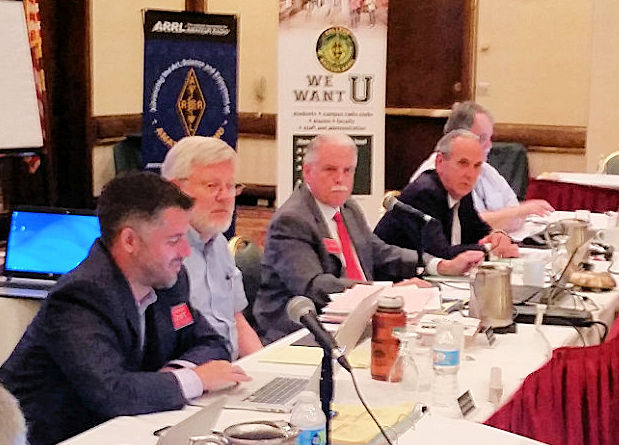
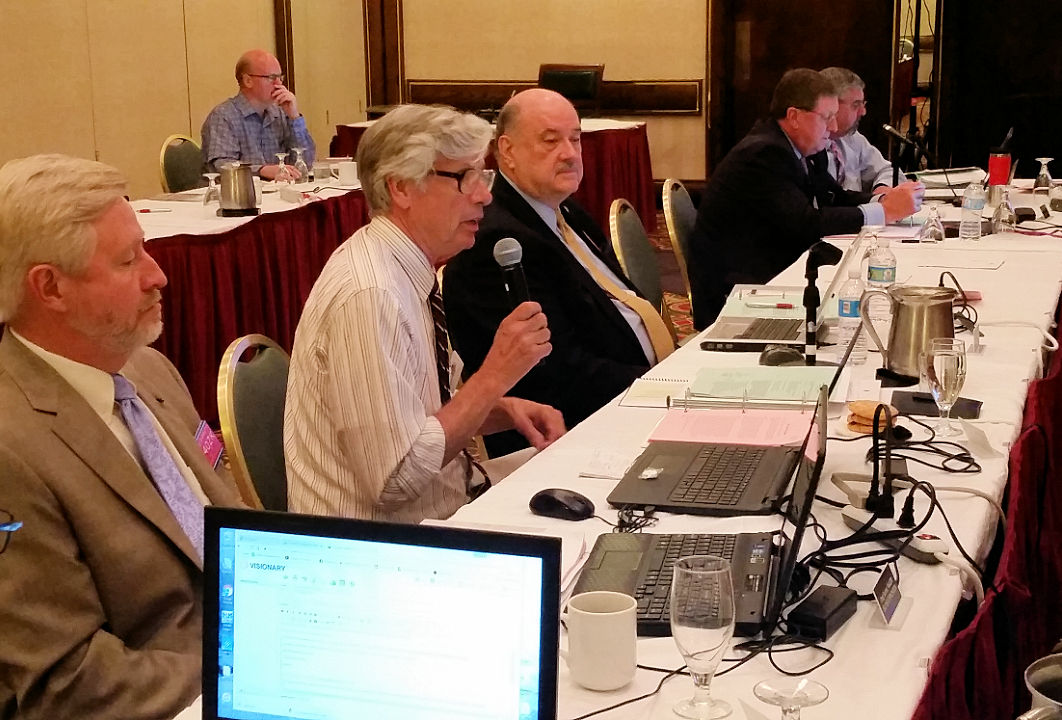
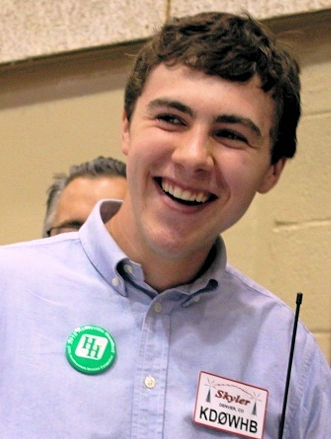 The Board designated 19-year-old Skyler Fennell, KD0WHB, of Denver, Colorado, to receive the 2017 Hiram Percy Maxim Memorial Award, the League's top honor for a young radio amateur. Fennell has been actively involved in a wide range of Amateur Radio activities and community service, establishing two clubs, mentoring other students, and using Amateur Radio to aid the community. Among other accomplishments, he built an AllStar link node providing internet from his house and assembled and put on the air a repeater to support his college community. He also built his own APRS transceiver to track public service event support vehicles, plus a 900-MHz cross-band link to stay in touch, even when the operator is outside the vehicle.
The Board designated 19-year-old Skyler Fennell, KD0WHB, of Denver, Colorado, to receive the 2017 Hiram Percy Maxim Memorial Award, the League's top honor for a young radio amateur. Fennell has been actively involved in a wide range of Amateur Radio activities and community service, establishing two clubs, mentoring other students, and using Amateur Radio to aid the community. Among other accomplishments, he built an AllStar link node providing internet from his house and assembled and put on the air a repeater to support his college community. He also built his own APRS transceiver to track public service event support vehicles, plus a 900-MHz cross-band link to stay in touch, even when the operator is outside the vehicle.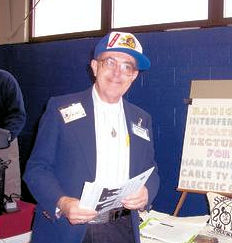 The Board named Dennis Moriarty, K8AGB, of Canton, Ohio, to receive the 2017 Philip J. McGan Memorial Silver Antenna Award for Excellence in Public Relations. Moriarty has hosted the Canton Amateur Radio Club's ARRL Field Day information booth for more than a decade. He also writes, prints, and mails between 20 and 50 letters distributed to schools and universities, the media, served agencies, and to other clubs. Moriarty, an ARRL Technical Specialist in the Ohio Section, has been licensed since 1958.
The Board named Dennis Moriarty, K8AGB, of Canton, Ohio, to receive the 2017 Philip J. McGan Memorial Silver Antenna Award for Excellence in Public Relations. Moriarty has hosted the Canton Amateur Radio Club's ARRL Field Day information booth for more than a decade. He also writes, prints, and mails between 20 and 50 letters distributed to schools and universities, the media, served agencies, and to other clubs. Moriarty, an ARRL Technical Specialist in the Ohio Section, has been licensed since 1958.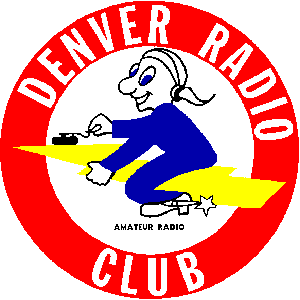 The Board recognized and congratulated the Denver Radio Club for its exemplary service and dedication to the Amateur Radio community and the general public. The club celebrates its centennial this year.
The Board recognized and congratulated the Denver Radio Club for its exemplary service and dedication to the Amateur Radio community and the general public. The club celebrates its centennial this year.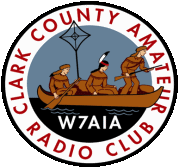 The Board recognized the Clark County Amateur Radio Club (CCARC) for its exemplary service and dedication. The club operates eight repeaters in southwest Washington that directly support public service activities, and it created the
The Board recognized the Clark County Amateur Radio Club (CCARC) for its exemplary service and dedication. The club operates eight repeaters in southwest Washington that directly support public service activities, and it created the 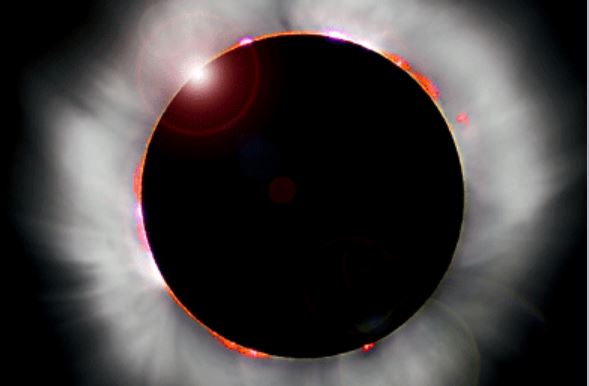 "We want to understand how the ionosphere is affected by blockage of sunlight over a relatively short interval (~2 hours), understand how man-made systems are affected by the changes in the ionosphere, and use the data to improve our numerical models," Earle told ARRL, noting that the "plan has morphed a bit" since the initial proposal of more than a year ago, although "the idea is still the same."
"We want to understand how the ionosphere is affected by blockage of sunlight over a relatively short interval (~2 hours), understand how man-made systems are affected by the changes in the ionosphere, and use the data to improve our numerical models," Earle told ARRL, noting that the "plan has morphed a bit" since the initial proposal of more than a year ago, although "the idea is still the same."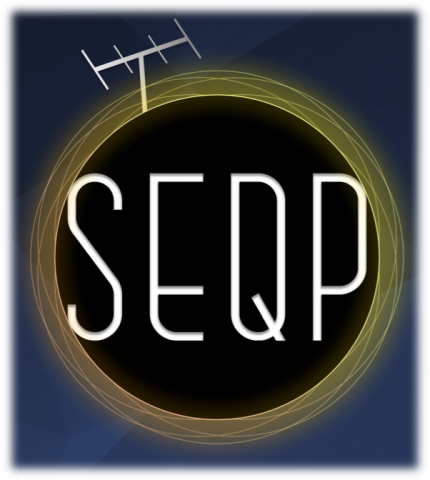 That "huge cohort" includes participants in the Solar Eclipse QSO Party (
That "huge cohort" includes participants in the Solar Eclipse QSO Party (.jpg) Sponsored by
Sponsored by 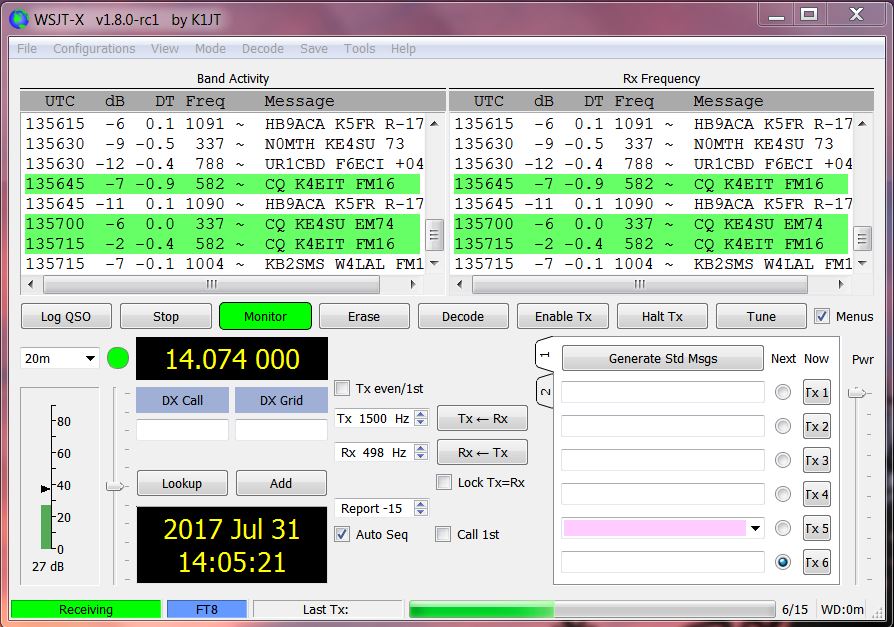 The new mode is named after its developers, Steven Franke, K9AN, and Joe Taylor, K1JT. The numeral designates the mode's eight-frequency shift keying format. Tones are spaced at 6.25 Hz, and an FT8 signal occupies just 50 Hz. Unlike JT65 or JT9, transmit and receive cycles in FT8 each last about 15 seconds. Like JT65, FT8 requires accurate time synchronization. An auto-sequencing feature offers the option to respond automatically to the first decoded reply to your CQ.
The new mode is named after its developers, Steven Franke, K9AN, and Joe Taylor, K1JT. The numeral designates the mode's eight-frequency shift keying format. Tones are spaced at 6.25 Hz, and an FT8 signal occupies just 50 Hz. Unlike JT65 or JT9, transmit and receive cycles in FT8 each last about 15 seconds. Like JT65, FT8 requires accurate time synchronization. An auto-sequencing feature offers the option to respond automatically to the first decoded reply to your CQ.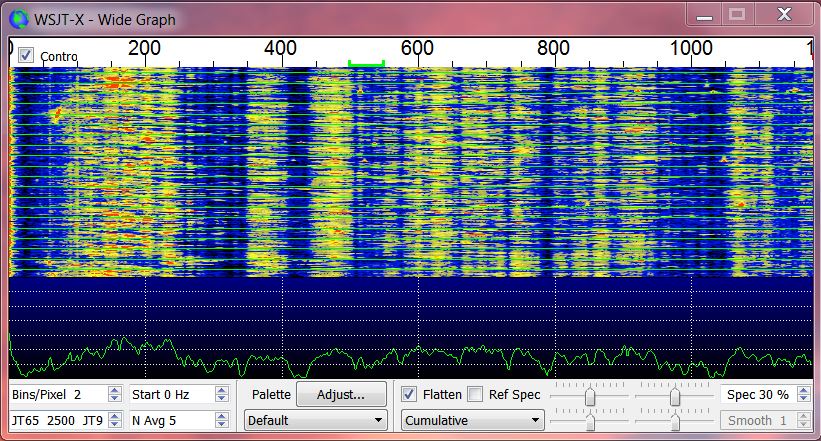
.jpg) Thousands of Amateur Radio stations and shortwave listeners (SWLs) have reported receiving the CG3EXP WSPR signal on 20, 30, and 40 meters. The Canada C3 Expedition, which got under way on June 1 and will continue until October 28, is part of Canada's Sesquicentennial celebration. The Polar Prince is sailing from Toronto to Victoria via the Northwest Passage.
Thousands of Amateur Radio stations and shortwave listeners (SWLs) have reported receiving the CG3EXP WSPR signal on 20, 30, and 40 meters. The Canada C3 Expedition, which got under way on June 1 and will continue until October 28, is part of Canada's Sesquicentennial celebration. The Polar Prince is sailing from Toronto to Victoria via the Northwest Passage..jpg)
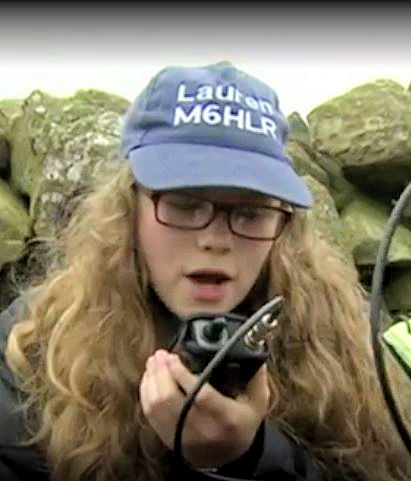
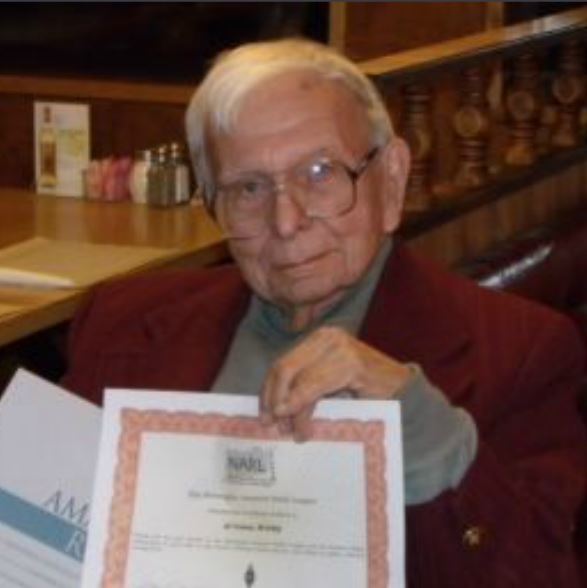 "Al enjoyed a long and fruitful life and career -- mostly in service to others," said Motes, who added that Cohen was his example of the "dean" of Amateur Radio in Connecticut.
"Al enjoyed a long and fruitful life and career -- mostly in service to others," said Motes, who added that Cohen was his example of the "dean" of Amateur Radio in Connecticut. A graduate of the Moscow Institute of Physics and Technology, Stepanov became involved in Amateur Radio since the early 1950s, first as an SWL, and then becoming UW3AX in 1960.
A graduate of the Moscow Institute of Physics and Technology, Stepanov became involved in Amateur Radio since the early 1950s, first as an SWL, and then becoming UW3AX in 1960.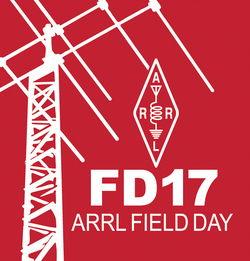 First Pass of 2017 Field Day Submissions Completed: With the July 25 ARRL Field Day submission deadline behind us, the ARRL Contest Branch has completed a "first pass" of the 2017 Field Day
First Pass of 2017 Field Day Submissions Completed: With the July 25 ARRL Field Day submission deadline behind us, the ARRL Contest Branch has completed a "first pass" of the 2017 Field Day 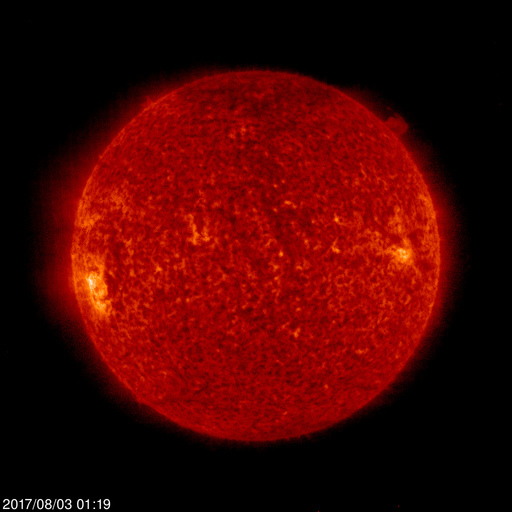 More zero-sunspot days appeared over the past week, but fewer than during the previous week; in fact, the average daily sunspot number increased from 1.7 to 5, and average daily solar flux went from 69.7 to 71. Both are very low numbers.
More zero-sunspot days appeared over the past week, but fewer than during the previous week; in fact, the average daily sunspot number increased from 1.7 to 5, and average daily solar flux went from 69.7 to 71. Both are very low numbers.







